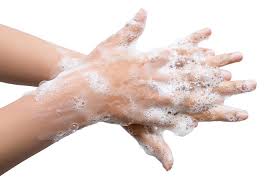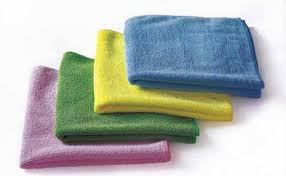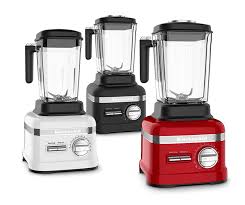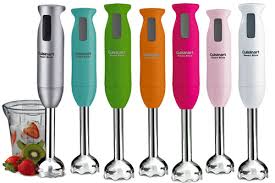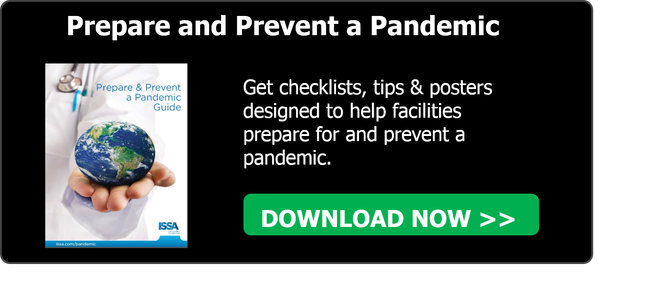Flu or Cold?
How much do you really know about the influenza virus? Do you know what you need to do to prevent it? It is the flu or cold?
Unfortunately, most employers don’t think about the flu until it has decimated their workforce. Only then do they realize they need to do something to stop it from spreading further.
Flu Symptoms
Do you know the common flu symptoms? Do you know how the flu is different from a cold?
Flu symptoms make you feel miserable. Common flu symptoms to be on the lookout for are:
- Body aches and headaches
- Extreme fatigue and exhaustion
- Fever in excess of 100 degrees or simply feeling feverish
- Sore throat, often accompanied by a cough
- Stuffy or runny nose
- Vomiting, nausea and diarrhea
If you have an employee suffering from one or more of these symptoms, they may need to checked out by a medical professional for an accurate diagnoses and treatment plan. All of these symptoms can also be signs of a cold. But there are several additional symptoms that indicate a more serious problem.
Knowing When to Go to the Doctor
If an employee experiences the following symptoms, they need to get into the doctor for treatment right away:
- Confusion
- Trouble breathing
- Lip discoloration
- Pressure or pain in the abdomen
- Vomiting that won’t subside
- Sudden bouts of dizziness
- Flu symptoms that seem to improve but suddenly grow worse
- Seizures
Ignoring the signs and symptoms of a severe illness could make the situation worse and cause the recovery process to take far longer than needed.
Types of Flu
Even though you might not realize it, there are numerous types of flu that you can get. Check out some of the following to give you an understanding of what you might be dealing with.
Avian flu occurs when you are infected with the Type A virus from a bird. While it naturally occurs in wild aquatic birds, it can infect domestic poultry and other animals. It isn’t all that common in humans, but it can happen.
Swine flu is a type of respiratory disease found in pigs from the Type A virus, however, it can end up affecting humans and making them ill.
Most people are familiar with a seasonal flu. This tends to strike during the cool fall and winter months and subside during the spring and summer. It often ends up spreading at a rapid rate from coming in contact with someone who is infected with the virus.
Flu Symptoms or Just a Cold?
Is it a cold or flu? How can you tell the difference?
Since the common cold and the flu tend to have a lot of the same symptoms, it can be quite difficult to differentiate between the two. The most accurate way to get an accurate diagnosis is to go to your healthcare provider for a test within the first couple days of becoming ill.
The topic of viral illnesses will always remain somewhat confusing, since the body has a relatively small number of symptoms with which to respond to an ever-changing, wide variety of viruses. – Dr. Alan Greene
Generally speaking, the flu is far worse than just being hit with a regular cold. When you are struggling with the flu, body aches, fatigue, fever and cough tend to be amplified. If you have nothing more than a cold, you will probably be dealing with something simple like a stuffy nose.
Taking the Necessary Steps to Prevent a Flu Pandemic
One of the best things you can do to prevent a flu pandemic from taking over your business is to make sure everyone is washing their hands, staying home when sick and keeping the office clean. Click here to get tips on handwashing.
Bring in a professional commercial cleaning company on a regular basis during peak flu season to prevent the virus from taking over your workforce. By doing your part to prevent the area from becoming contaminated, you can ensure the health and well-being of your employees. There is no time like the present to start preventing the illness from spreading through your workplace.
(you can also use Camelbak Cleaning Tablets (8 Pack)
).
). Using a brush can ensure you scrub all areas inside the reservoir and tube.

 (you can also use
(you can also use 